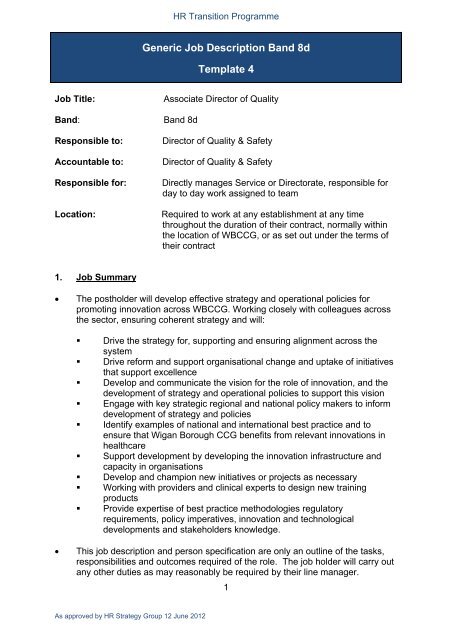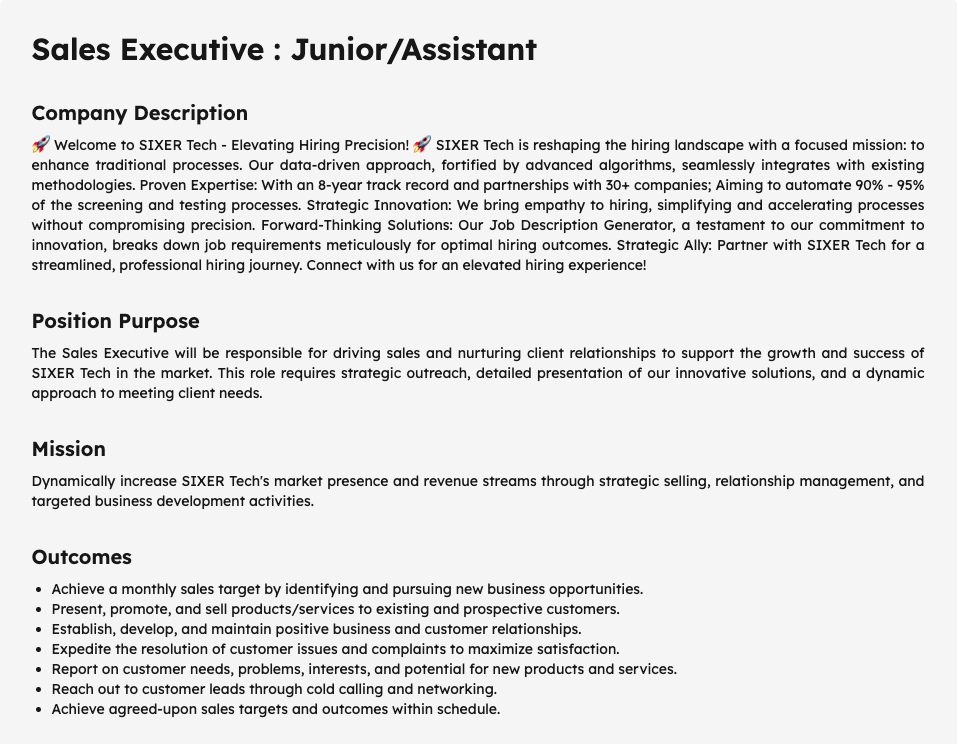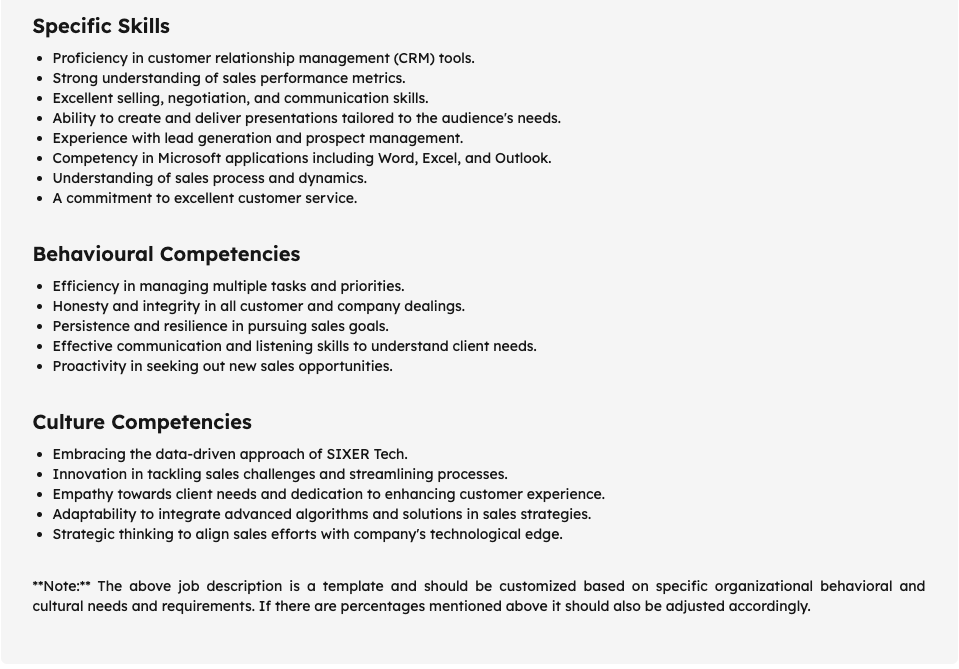Let’s jump straight in! Understanding and building around what you expect from a future employee needs to be worked on before crafting your Candidate Blueprint or Job Description. Best question to ask here is, how do I know what to look for? But even better questions to ask yourself are, do I know enough about what skills are needed to successfully achieve the outcomes to complete the job? and if I don’t; Who do I get this information from?
“I’m not surprised that you were robbed. How can you expect a blacksmith to purchase gems on behalf of a jeweler?” This was taken from a book called “The Richest Man in Babylon”, and the same concept is talked about in the book “Skin In The Game” by Nassim Taleb.
It’s called Skin In The Game because whoever you get advice from has to have gone through the experience of what you’re looking for, to give you advice for your benefit. Let’s break it down and take a look at it…
The Most Common Error(s)
Have you, as the person writing the Candidate Blueprint or Job Description, know enough about the job?
Let’s take for example a technical job.
In this scenario: I wouldn’t know what to look for!
Why? Because I’m not a Technical person/expert.
What I do know is that the IT team lead needs a python developer, and I could google a Candidate Blueprint or Job Description for a python developer and post it (wherever I source my candidates from).
After receiving the candidates, I still would not know how to categorize these candidates (because again, I’m not a technical person) so I use google or ChatGPT (or Bard or any Generative A.I. of your choice) to decide for me.
Now, having done all of this, I will conduct my interviews (still confused by what to look for in the candidates) and then end up hiring the wrong person regardless of whom I hire.

Let’s take a look at what went wrong or why more specifically I said “hiring the wrong person regardless of whom I hire”.
The Right Fixes
If I don’t already know about the skills, how do I avoid a mismatch?
Best approach to take is to ask my CTO (like asking a Jeweler about gems) and then have a brief discussion about:
1. Defining why we are hiring for this position?
2. Do we already have employees with these skills working with us?
3. What is the mission/essence of the job?
4. Do we hire a generalist or a specialist?
5. What outcomes are we looking at?
6. How much of a behavioral fit do they need to have?
7. Do they match your company culture from the start?
8. How long is this method effective for?
Just by going through these questions, you’ve come further in your search for the right candidate 50% more than where you used to be.
Questions? Answered! (and explained)
- This question needs to be answered straight away. Are you looking to replace an existing employee? Is the company not making enough money because of a vacant job? Do we need more hands on deck to complete an existing or new project? You need to clearly understand the purpose behind the hire.
- If Yes, if there’s anyone who works with or for you who has these skills, then get their assistance (or make them the job offer). If No, then follow the steps below.
- This is the core purpose of the job. It boils the job down to an understandable state for everyone. Make sure this is written in plain language and not in corporate-fluff. If you really understand what’s expected from the job, this part will be short, sweet and most importantly, it will give everyone much needed clarity. You’ll know that this part is written well when candidates, recruiters, and your own team are able to understand what it is you’re looking for without having to ask you clarifying questions.
- Your Job Requirements are rarely general. If you have defined the job correctly from the beginning, you should be looking for someone with a narrow but deep understanding of the required skill set. Ditch the Generalist, hire the Specialist.
- The outcomes of the vacant job should describe what a candidate needs to accomplish in their role/ job. Most roles/ jobs have about 3 to 8 outcomes, ranked from most to least important. When your outcomes are clear, it eliminates the wrong candidates from the very beginning. The reasoning behind this is: when presented with an outcome that’s set high enough (but still within reason) you create a barrier of entry for the candidates whose skills are unsuited for the job requirements. Also, understand that not all roles/ jobs allow you to quantify outcomes easily, to work around this by making the outcomes objective and observable as possible.
- Behavioral fit defines how you expect a new hire to operate in achieving the outcomes and fulfillment of the role/ job. [[Critical Competencies]] should give you an idea about what really counts! Do not have a too narrow competency list and understand that every role/ job has varying requirements and outcomes, so competencies need to be tailored to specific positions and the nature of your company.
- “Part of successful hiring means having the discipline to pass on talented people who are not a fit”. Cultural fits and misfits will eventually affect the bottom line, but they are about much more than money. Ask your leadership team “What adjectives would you use to describe our culture?” Once you write it all down, you’ll get a clearer picture soon. Most importantly, don’t be afraid to write down what might seem blindingly evident. You can avoid the mistake of not evaluating candidates for cultural fits that are crucial to your enterprise. Understand that “People who don’t fit: fail on the job, even when they are perfectly talented in all other aspects.”
- Simply saying, it’s good once and then it’s not. Pressure test your Job Description by comparing it to other Job Descriptions. Ensure that there’s a level of consistency and alignment with your organization. Share it with peers and recruiters. DO NOT use the same scorecard twice, you’re not making the same hire twice, every hire is unique to the time, position, skill requirement of where the organization or company is heading towards.


TLDR
- Most get requirements wrong when hiring because they don’t know what to look for.
- This leads to a hire that doesn’t have required skills and doesn’t align with company culture.
- Write things in a way that everyone reading it understands what you’re looking for without having to question you about it.
- Hire a Specialist who has a narrow but deep understanding of the required skill set.
- How to build the best Candidate Blueprint or Job Description to hire a Specialist (by ditching the Generalist)
- Mission/Essence: Describe using a short statement (1 to 5 sentences) why the position/ role/ job exists.
- Outcomes: State (3 to 8 specific) objective outcomes that the candidate must accomplish to achieve an “A+” performance.
- Competencies: Behavioral fit: Clearly state as many role-based competencies as you think are appropriate for the behavior you’re looking for your candidate to have in order to achieve the set outcomes.
- Competencies: Cultural fit: Clearly state (5 to 8) competencies that describe the culture of your company.
- Keep stress testing these Candidate Blueprints against each other to get best outcomes, DO NOT use the same Candidate Blueprint twice. You’re not in the same position when you were for the second hire as the first (or depending on what skills are needed to move further.)




